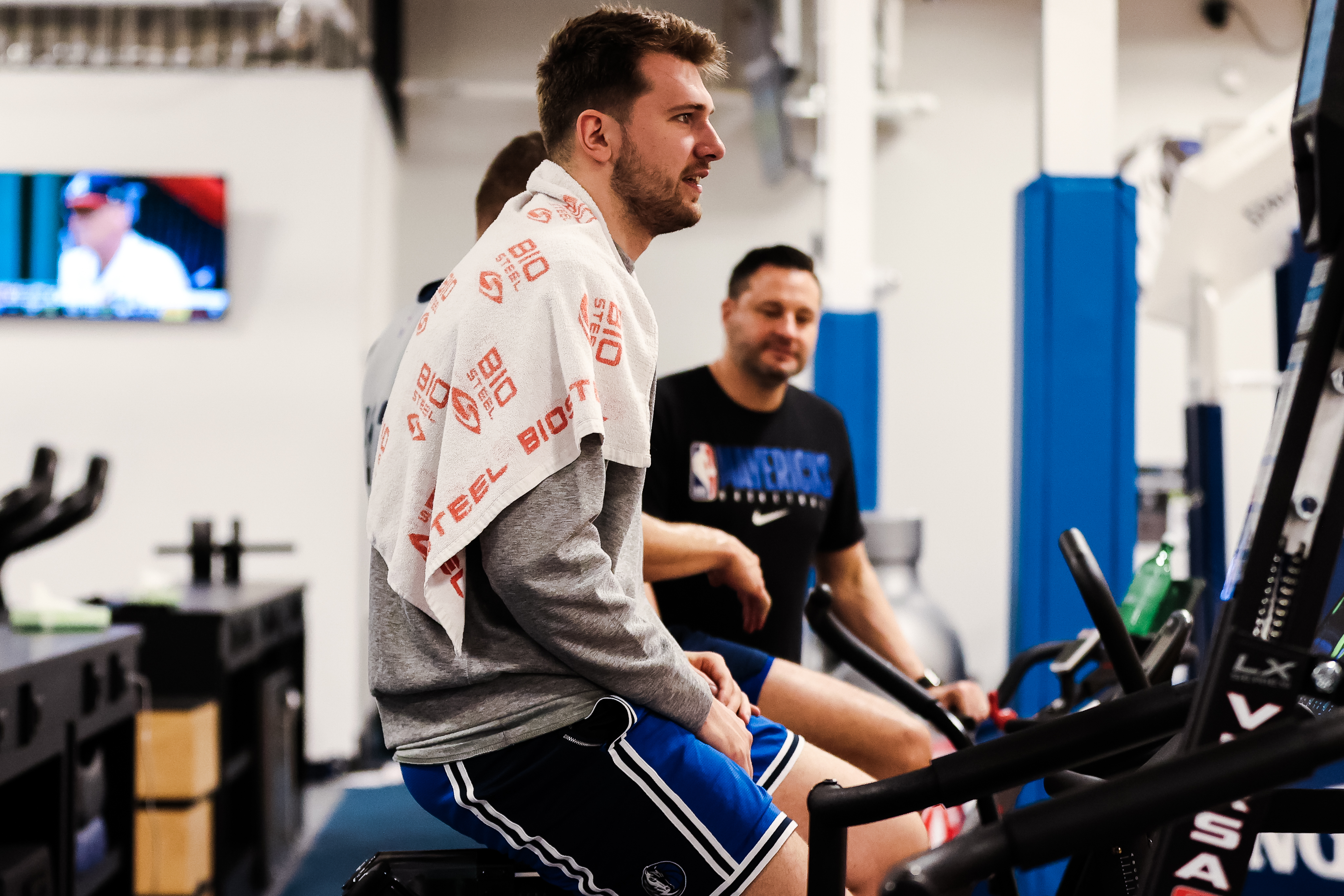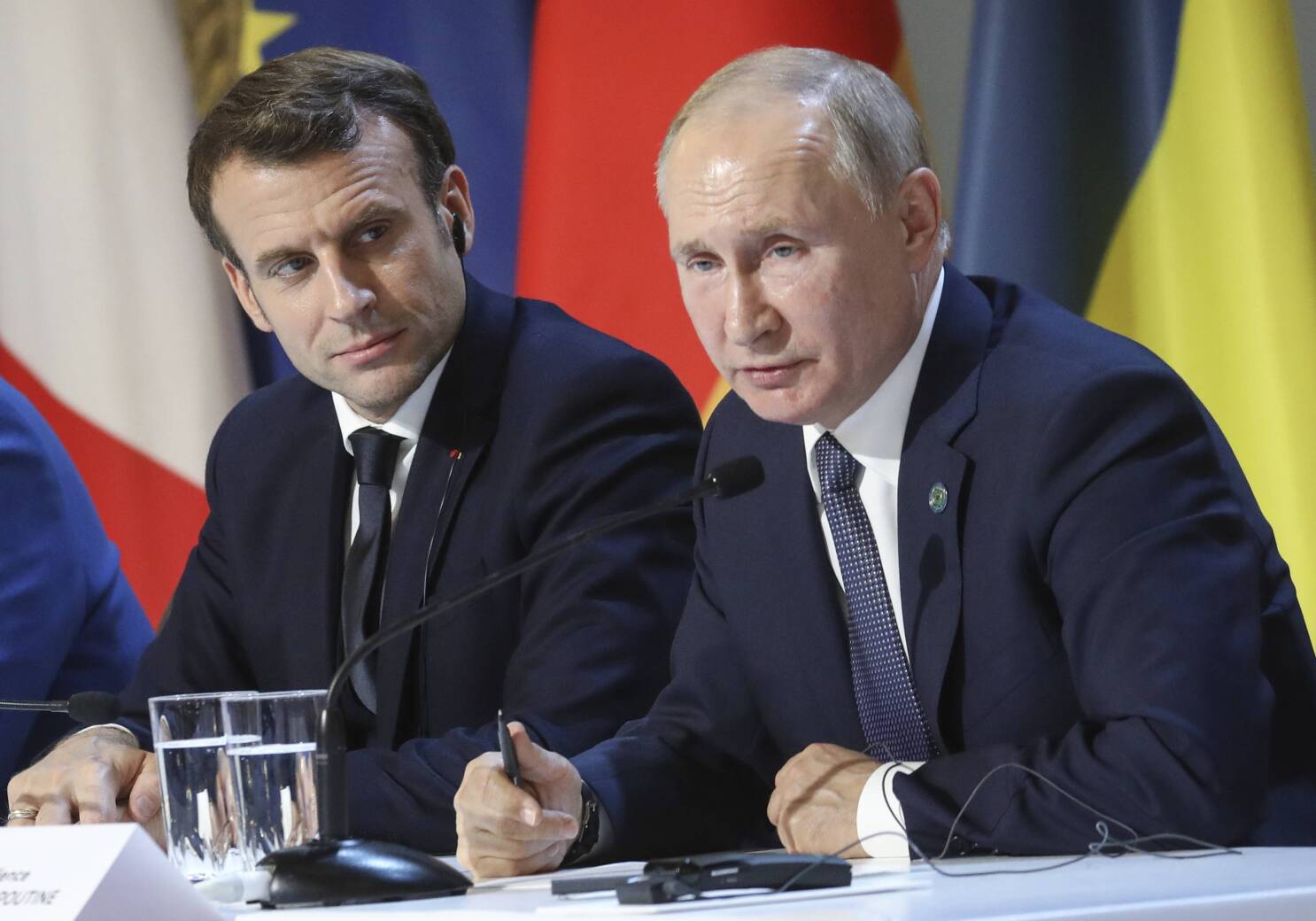Criticized for years over his conditioning and physique, NBA superstar Luka Doncic has launched a “revolution” to take himself to a new level.

When dawn breaks over a quiet Croatian town on a summer day in July, Doncic is already on the basketball court, training with his personal coach Anze Macek. The 90-minute session combines strength work, agility drills, and shooting. It’s the first of two daily workouts for the Los Angeles Lakers star as he prepares for what could be the most important season of his career.

More strikingly, Doncic trains while fasting—something he has done throughout most of this summer. On top of that, the NBA superstar works on his individual skills with a resistance band constantly pulling him back during every drive or jump shot attempt. He must also complete a series of upper-body and lower-body exercises.

It’s an unusual sight, especially for those who know this town as Doncic’s childhood vacation spot. He usually doesn’t get close to heavy weights until the season is about to start. But this year, he has been “hardening his hands” with dumbbells, barbells, weight plates, and medicine balls since early July. Besides gym sessions, the Slovenian guard also does outdoor sprints and jump-training.

Doncic moves quickly and tirelessly from drill to drill, from one area of the court to another—stretching his hips one moment and rowing the next. It’s a workout with almost no rest, but Doncic handles it with ease. This is Luka, upgraded.

You can see it in the way his Jordan-brand shirt hangs looser, in the lack of fatigue on his face as he transitions from barbell lifts to bench presses and then lateral jumps. You can see it in the smile he flashes, clearly enjoying his leaner frame. His arms look longer, his biceps more defined—likely because he has slimmed down significantly.

“Just judging by how I look, I can see my body looks better,” Doncic admits shyly.
At just 26, Doncic is already one of the world’s premier athletes. Yet he has never had a physique that meets typical standards. This has often overshadowed his accomplishments, from five All-NBA selections to ranking seventh all-time in triple-doubles with 82. Last August, during a charity game, critics and media openly mocked him, calling him “fat” and “out of shape.”

Doncic responded with a transformation in Croatia, where he struggled in the beginning—eating only two meals a day while maintaining a gluten-free, low-sugar diet with at least 250 grams of protein and a glass of almond milk. Few people know he has been quietly building a team of specialists and strength coaches for years to maximize his natural talent.
This year, Doncic accelerated the plan, beginning in mid-May, when he met with coach Macek and physiotherapist Javier Barrio in Madrid for physical evaluations. Over three days, the Lakers star underwent blood tests, urine tests, stool tests, MRI scans, ultrasounds, and numerous physical assessments. The collected data was analyzed to design his summer training program.

The Lakers’ early playoff exit gave Doncic a full four months to work closely with his team: Barrio, Macek, and nutritionist Lucia Almendros. Their first instruction was for Doncic to stop playing basketball entirely for one month to let his body recover from the grueling season.
This turned out to be the hardest part of the program because Doncic simply refused. But he eventually set aside his greatest passion and focused on weightlifting and full-body strength development. He filled his spare time with distraction sports like pickleball and padel. Not only did they remind him of his childhood, but they also developed new muscle groups, reduced knee stress due to less jumping, and strengthened his adductors, glutes, and ankles.
)
By June, Doncic adopted an intermittent fasting plan designed to limit inflammation and help his body recover more efficiently. Six days a week, he ate two protein-rich meals and a protein smoothie, and he was not allowed to eat his first meal until completing the 90-minute morning workout.
In the gym, Doncic’s team focused heavily on his legs and his ability to decelerate suddenly. Pure speed has never been his strongest attribute, but few players can match his balance and stop-start ability—the signature move where he drives forward only to halt abruptly, sending defenders stumbling while he sets up a clean shot. This requires exceptional eccentric muscle control.

Throughout July, Macek and Barrio sharpened this “superpower” using resistance bands with multidirectional drills. Doncic’s conditioning was tested between sessions with hurdle runs and sprint-obstacle exercises. Macek would then wrap a resistance band around Doncic’s ankles and push him along a straight path to develop his glutes and lung capacity.
Doncic’s favorite moment each day came at the end, when he finally got to touch the basketball—moving, catching, dribbling, and jumping into his shots. He hasn’t played any 5-on-5 games this summer, so he’s unsure of his exact progress. But he says he feels better than he has in years.

“My sleep, my body—everything feels lighter,” Doncic says. “With my team, I think we’ve taken a huge step. But this is just the beginning. I need to keep pushing. If I stop now, none of this will mean anything.”



